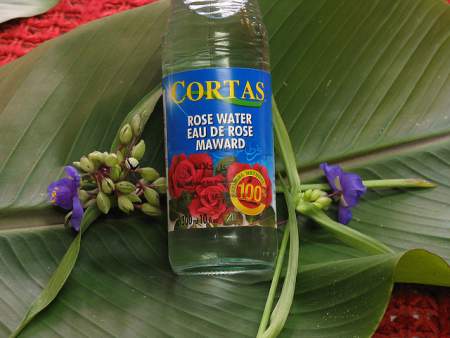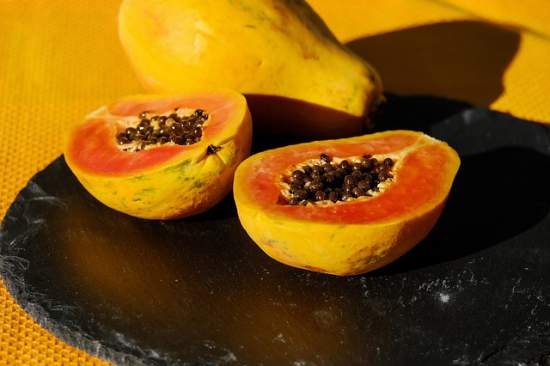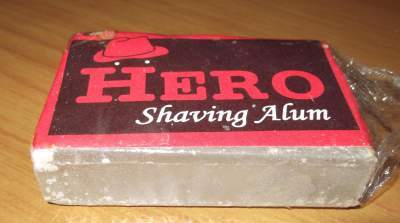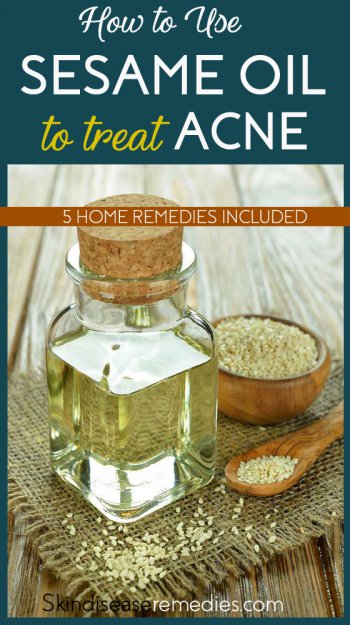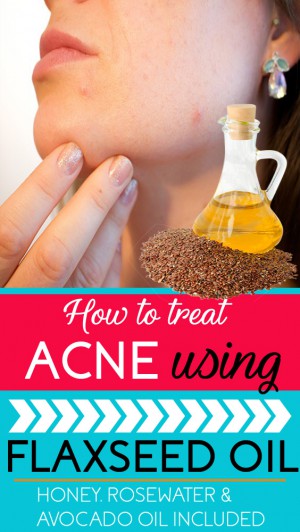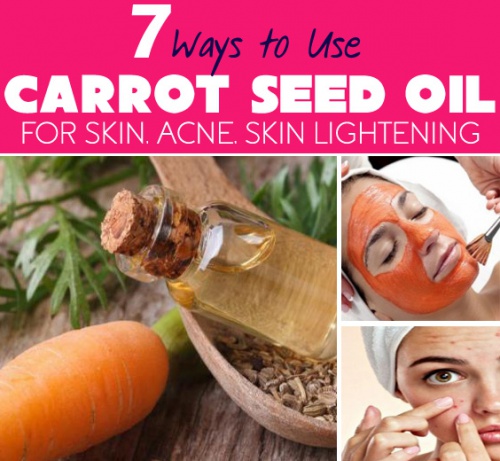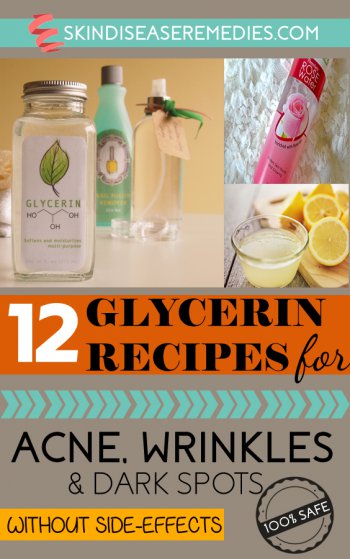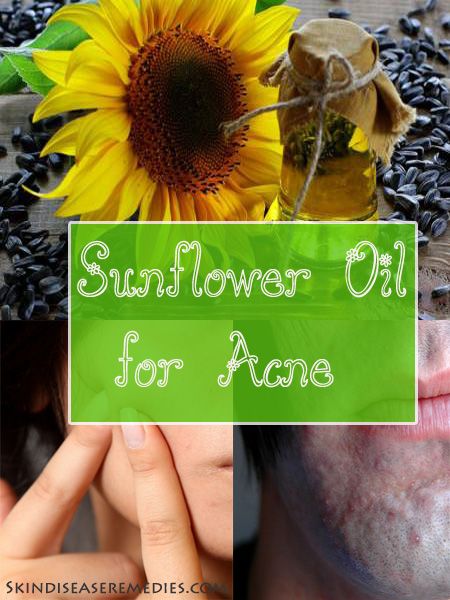
Are you fed up squeezing acne blemishes? Stop right now, this will scar on your face. Instead, use sunflower oil for acne.
Vitamins and essential fatty acids residing in this home available oil can effectively use on acne prone skin.
Anecdotal reports claim that home remedies are one of the best ways to pamper the skin. Not just they’re cost-effective, also no chemical ingredients are found.
Though cosmetic companies claim to enhance skin texture by their beauty products, dermatologists say that repeated use of chemical-filled creams will affect the elasticity of the skin.
A study claims that levels of linoleic acid in acne patients are very low. Massaging with essential fatty acids that include linoleic and oleic acids can effectively reduce acne inflammation.
So, what causes acne?
Inflammation.
Yes, experts say that acne is triggered by inflammation and hormonal imbalance that triggers excess production of sebum.
Dead cells your skin sheds pile on the skin blocking it and resulting in swollen bumps. Bacteria invade and feed on your dead cells making acne worse.
Puberty, genetics, food you eat and stress can also trigger acne lesions.
Is Sunflower Oil Good for Acne?
There is a wide range of natural oils packed with exceptional vitamins and nutrients that can effectively treat acne. But, not every oil works for every person.
Vitamins, fatty acids and other nutrients housed in the oil may or may not go well with you. So, it’s good to patch test before using it over the face.
With the decrease in linoleic acid, sebum becomes sticky and clogs skin pores. Dead cells and impurities pile over it and create acne.
This sticky sebum highly consists of oleic acid, topical application of sunflower oil (which contains linoleic acid) will balance these two essential fatty acids over the skin. Thus, reduce breakouts.
Dawn Michele, a beauty blogger says that she used only oils that have a high concentration of linoleic acid to treat acne and avoided other carrier oils with higher levels of oleic acid. With this theory, she successfully reduced acne breakouts. (Source)
- Emollient activity locks natural moisture over the skin. This protective barrier keeps the ailments away.
- Omega-3 and omega-6 fatty acids residing in the oil supply essential acids to your skin. As mentioned above balance between linoleic and oleic acid helps to treat acne.
- Vitamin E packed in sunflower oil protects skin from UV rays and reduce scars.
- Fatty acids help to regenerate skin cells and thwart P.acnes bacteria.
- Vitamin A, C, and D protect the skin and enhance collagen production.
- Its non-greasy ability helps to penetrate deep into the skin and supply essential vitamins.
- Assorted properties can cleanse impurities, dead cells and excess sebum over the skin.
- Antioxidant activity exhibited by sunflower oil reduces oxidative stress, reduce wrinkles and thwart free radicals.
Its alluring properties can improve overall skin functioning. Even beauty products incorporate this innate ingredient to reap its nutritional benefits.
Also read: How to Get Rid of Forehead Wrinkles Without Using Botox?
How to Use Sunflower Oil for Acne?
Remove dead cells and impurities from the skin by cleansing it. If you’ve inflamed or painful blisters, then wash your face with lukewarm water or expose the skin to steam.
Steam will open blocked skin pores and makes easy for sunflower oil to penetrate into it.
#1 Simple Recipe
Let’s not make it complex.
If you’re lazy, then start with this simple recipe.
- Cleanse your face like mentioned above.
- Pat dry and apply sunflower oil on your skin.
- Dab cotton ball dipped in the oil on acne prone skin.
- Leave it to dry naturally.
Isn’t it simple?
The right time to apply sunflower is after a bath or before going to sleep.
#2 Sunflower Oil for Oily Skin
Ingredients you need include lemon juice, sunflower oil, and artichoke.
You can skip artichoke.
Lemon is packed with acidic and astringent abilities that can shrink large skin pores. Its antibacterial property can effectively fight P.acnes bacteria. Anti-inflammatory agents in this natural juice will relieve pain and inflammation.
- Blend a fresh artichoke and add 1 teaspoon of lemon juice to it.
- Also, add 2 teaspoons of sunflower oil to the puree.
- Mix well and apply the obtained paste on prewashed face.
- Allow it to dry naturally for 10-15 minutes and then rinse it off with water.
Note: people with dry skin must limit the use of lemon juice, as it may irritate your sensitive skin.
#3. Sunflower Oil, Yogurt, and Lemon Juice
According to Livestrong.com dairy products including yogurt can trigger acne formation in certain people.
However, anecdotal reports claim to that topical application on Greek yogurt can effectively reduce acne blemishes.
Lactic acid, calcium, zinc and vitamin B residing in yogurt help to remove dead cells, fight acne, hydrate your skin and promote supple skin.
- Take 1 cup of plain Greek yogurt, 3 tablespoons of sunflower oil and 2 tablespoons of lemon juice in a bowl.
- Mix all three ingredients well.
- Apply it on your face and leave it dry naturally for 15-20 minutes.
- Rinse it off with water.
While yogurt and sunflower help to treat acne and remove dead cells. Lemon juice can whiten your skin complexion.
Related: Is Rose Water Good for Acne?
#4 Tea Tree Oil and Sunflower Oil
Tea tree essential oil has all those nutrients that your skin needs to look radiant and acne free.
Antibacterial, antioxidant and anti-inflammatory abilities exhibited by this essential oil is excellent. However, applying it directly on your skin may trigger irritation.
So, mix it with a carrier oil or sunflower oil.
- Take 5 drops of sunflower oil and mix it with 1 drop of tea tree oil.
- Wash your face to remove accumulated impurities.
- Take a cotton ball and apply the oil on acne affected skin.
- Allow it to dry for 15-20 minutes.
- Rinse it off with water.
If you experience allergic reaction or tingling sensation stop using it and consult a physician.
#5 Sunflower Oil for Acne Prone Skin
Like safflower oil, sunflower oil has zero comedogenic rating, means it doesn’t clog your skin pores.
Non-comedogenic property of this oil makes it the perfect ingredient to treat acne blemishes.
Directly apply this home available ingredient directly on your face or mix it with other innate ingredients.
Face mask recipes where you add jojoba oil or almond oil can be replaced by sunflower oil.
#6 Aloe Gel and Sunflower Oil for Acne Scars
Aloe gel is housed with antibacterial, soothing, hydrating and anti-inflammatory abilities.
Renowned for its cooling effect, topical application of this gel will relieve you from inflamed acne lesions.
- Mix 3 teaspoons of aloe gel with 1 teaspoon of sunflower oil.
- Cleanse your face to remove excess oil and sebum.
- Pat dry and apply the obtained gel all over the face.
- Leave it to dry naturally for 15 minutes.
- Rinse it off with water.
#7. Sunflower Seeds Face Mask
Instead of oil, you can mash sunflower seeds and mix it oatmeal to treat acne.
Oatmeal is prominent for its exfoliating properties. Its application will remove excess oiliness from your skin.
- Mash ½ cup of sunflower seeds and mix it with 1 tablespoon of finely grounded oatmeal.
- Add 2 drops of Neroli oil and 2 tbsp of yogurt.
- Skip use of yogurt if it triggers acne.
- Mix all listed ingredients well and apply it on the prewashed
- After 15-20 minutes, rinse it off with water.
Tips
- First thing, patch test the recipe to avoid irritation.
- Foods that trigger acne must be avoided.
- Avoid stress and chemical incorporated creams that strip natural moisture from your skin.
- Don’t squeeze or press acne, it leaves scars on your face.
- Drink enough water; it removes toxins from your body.
Is this article convincing you to use sunflower oil for acne treatment? Let the world know this. J

